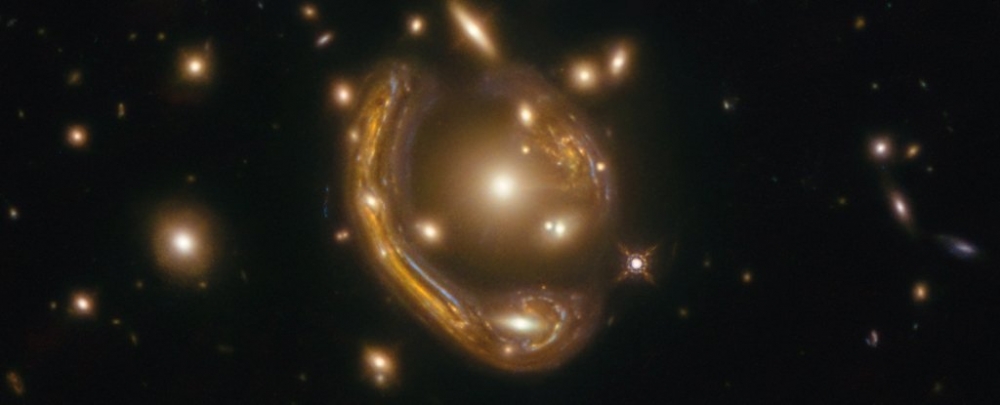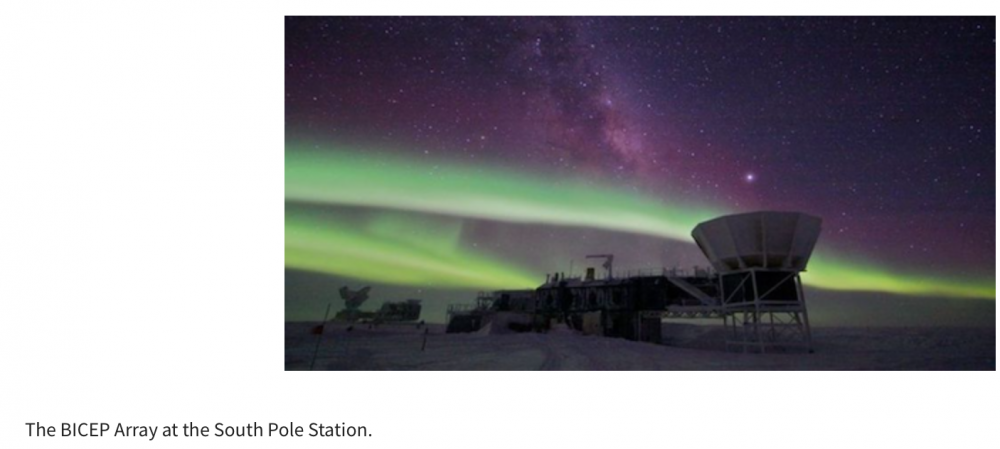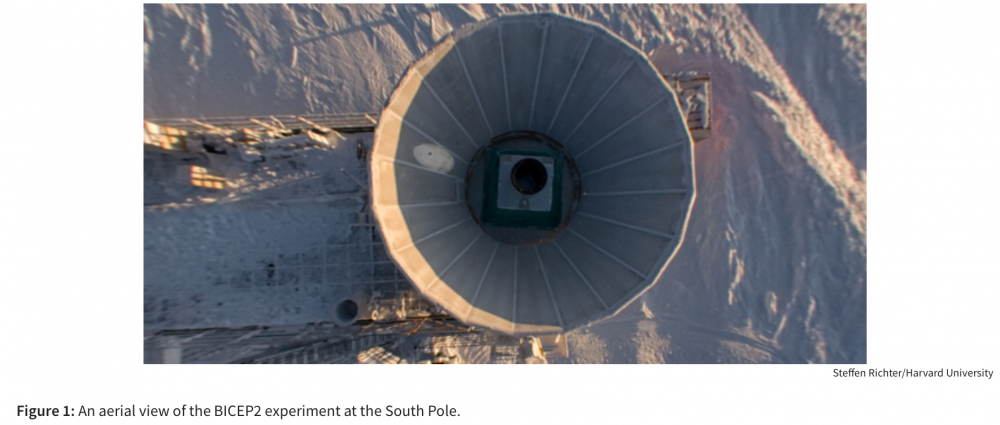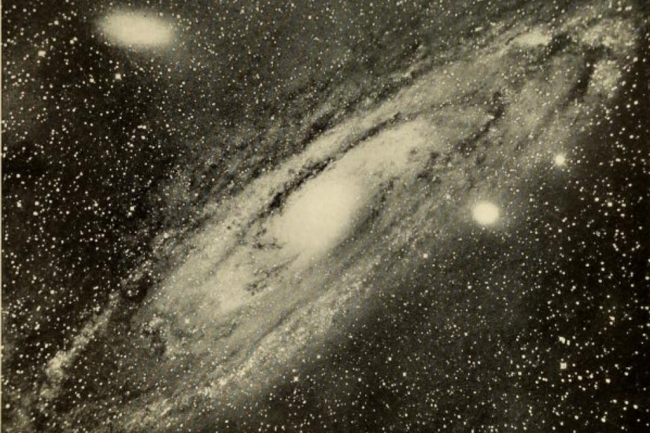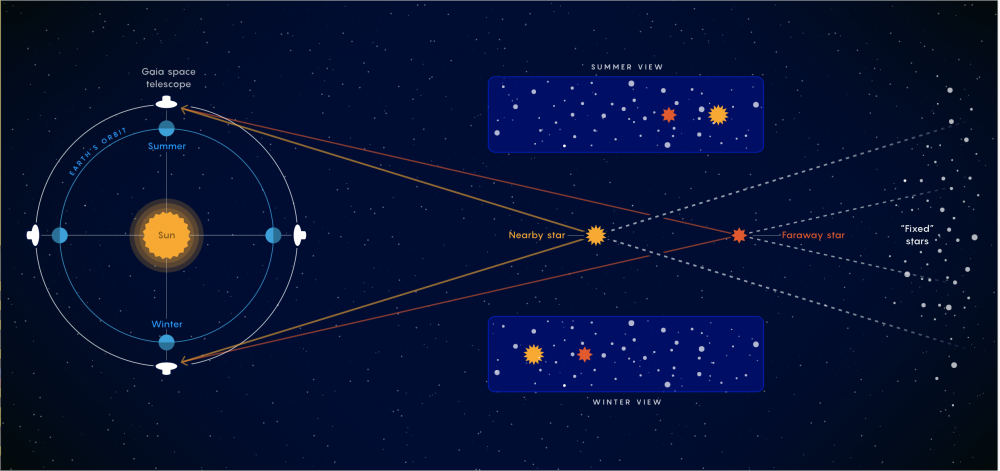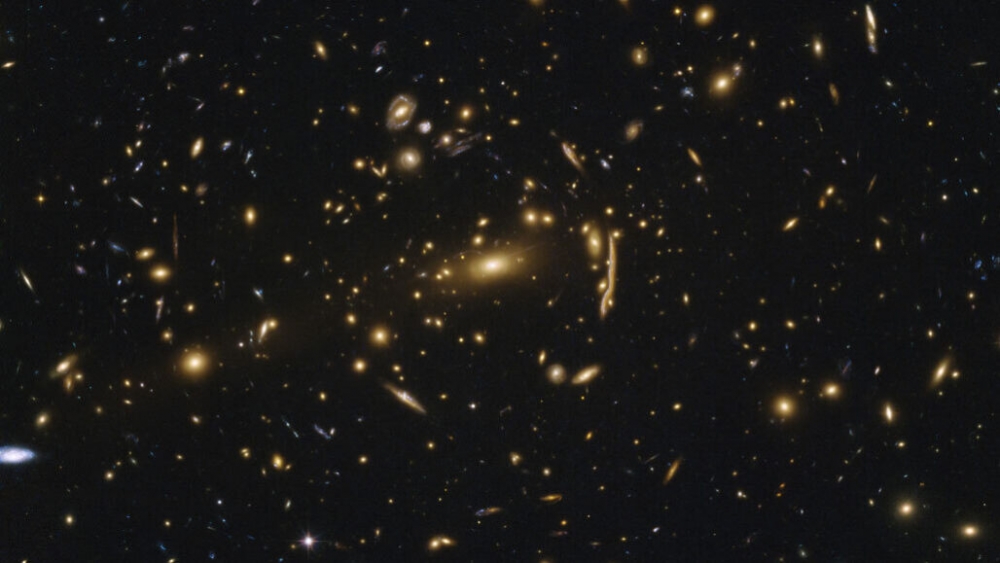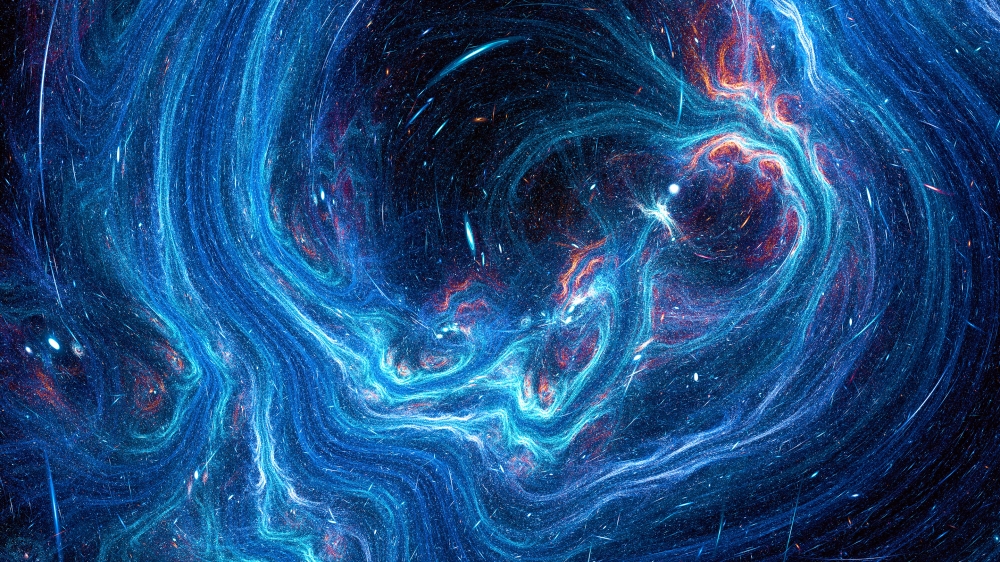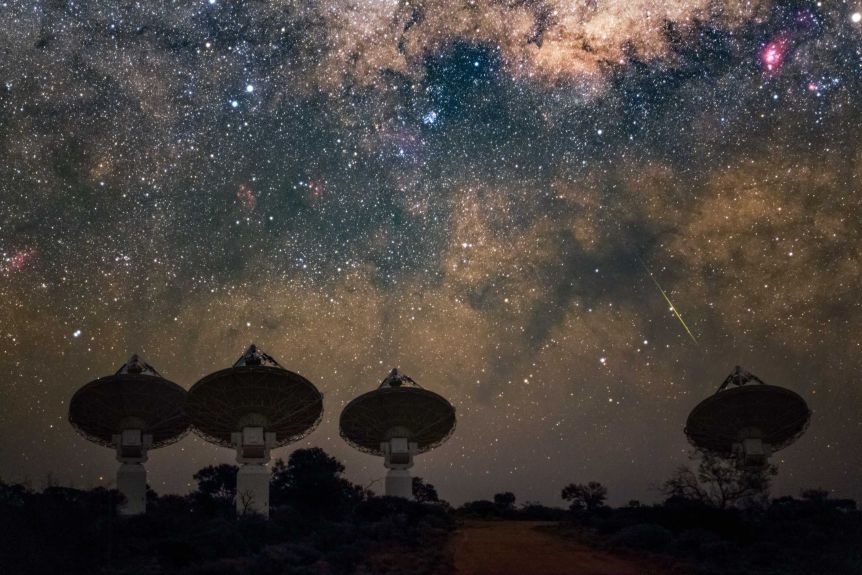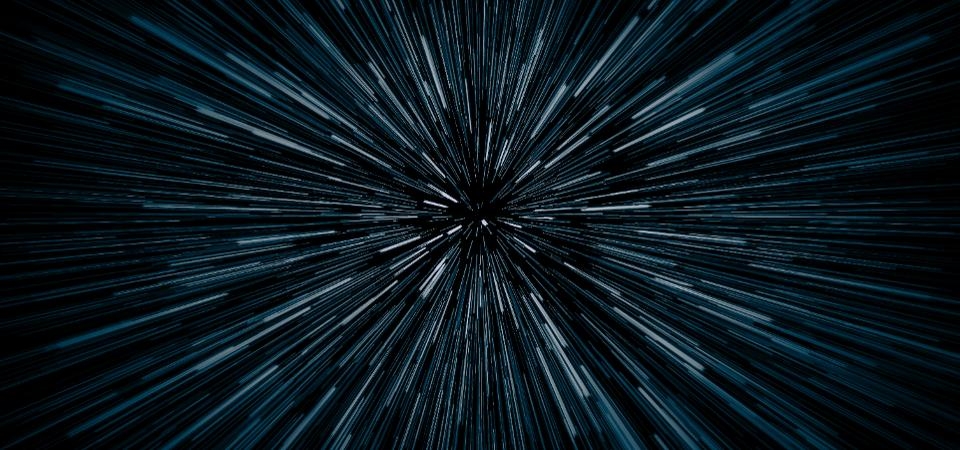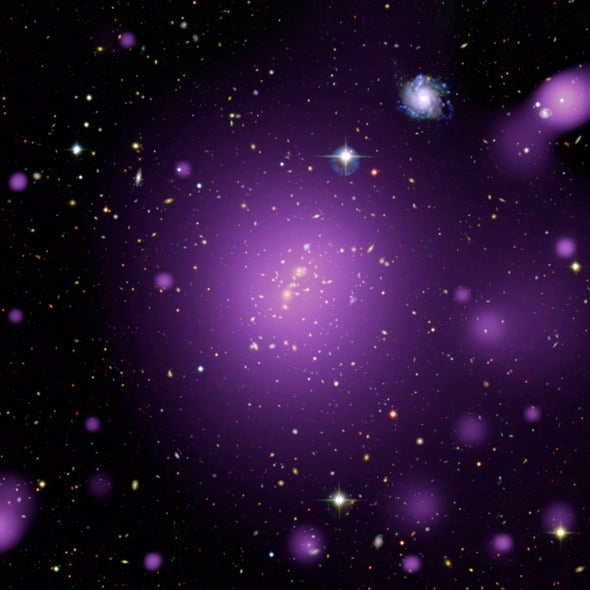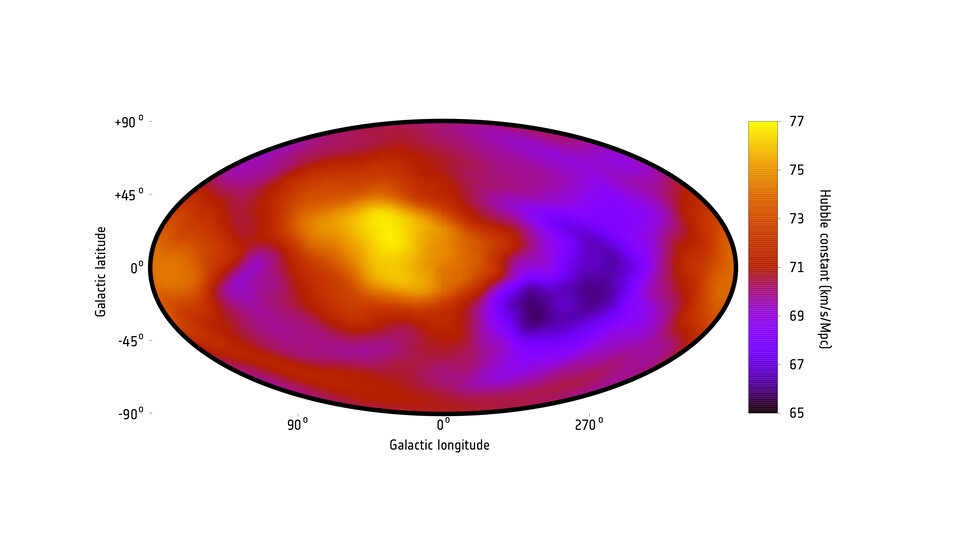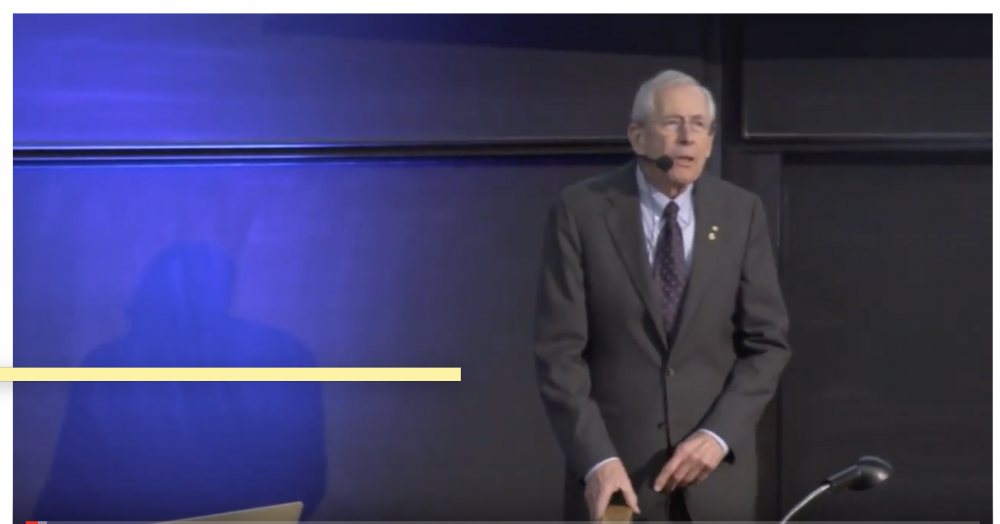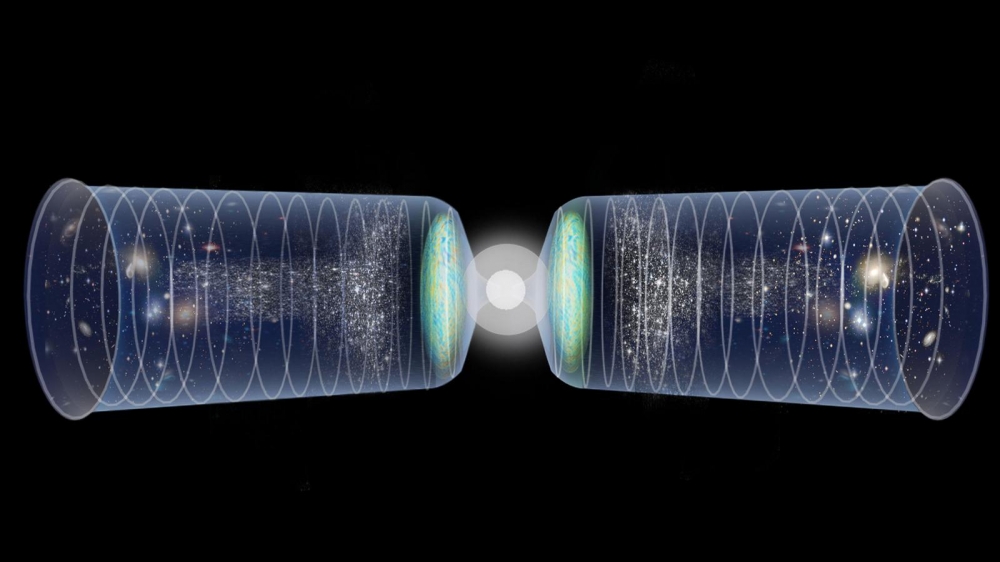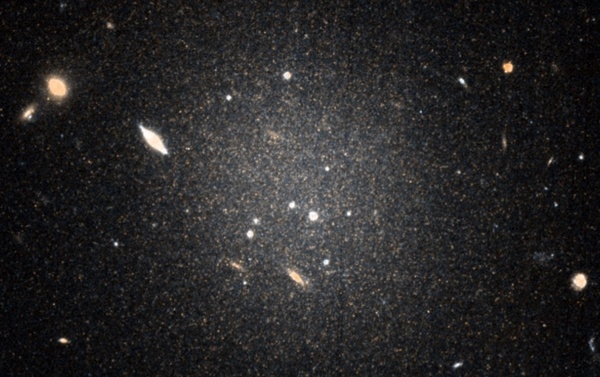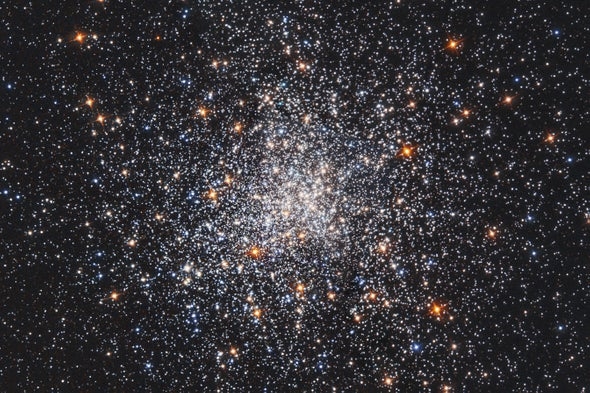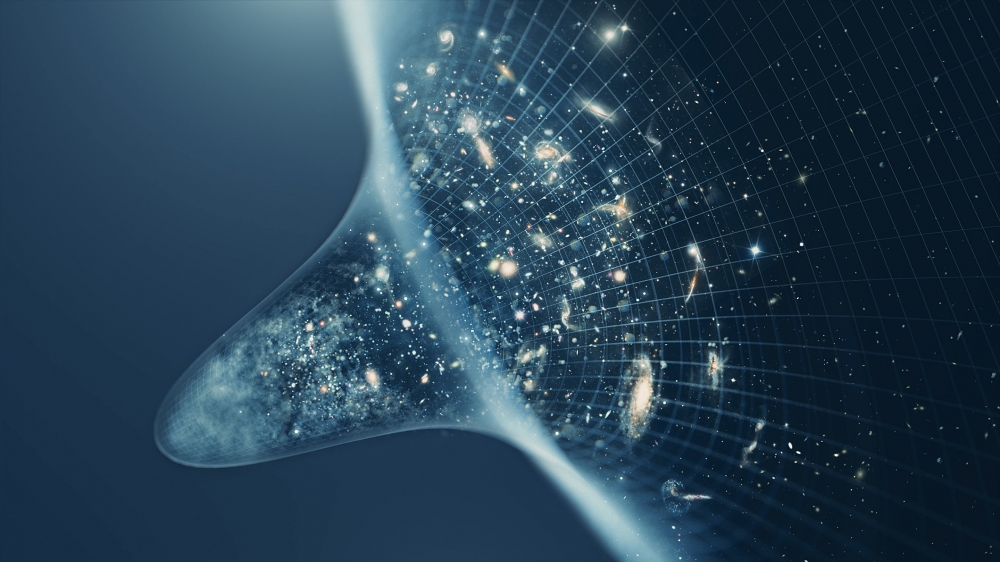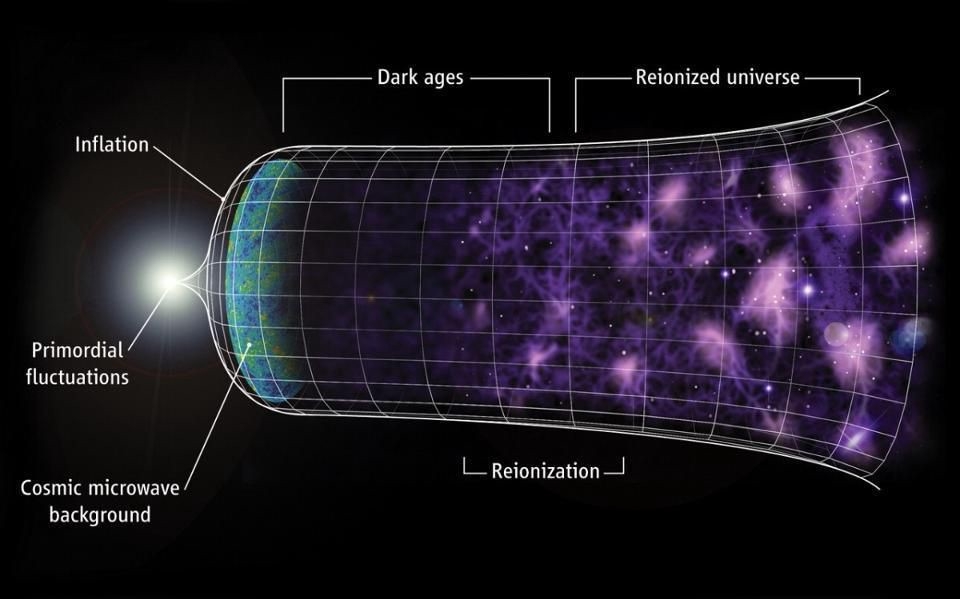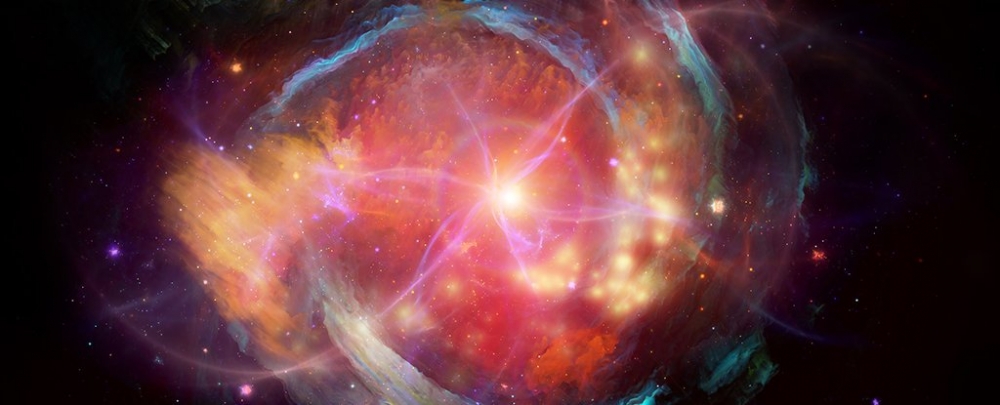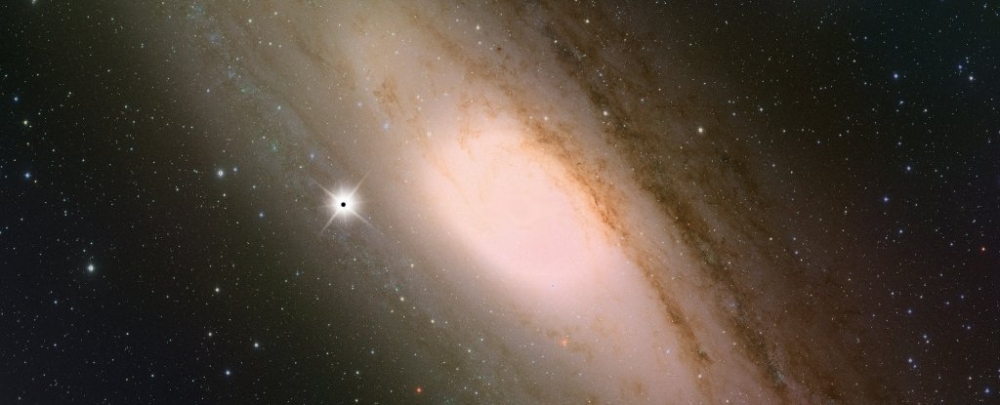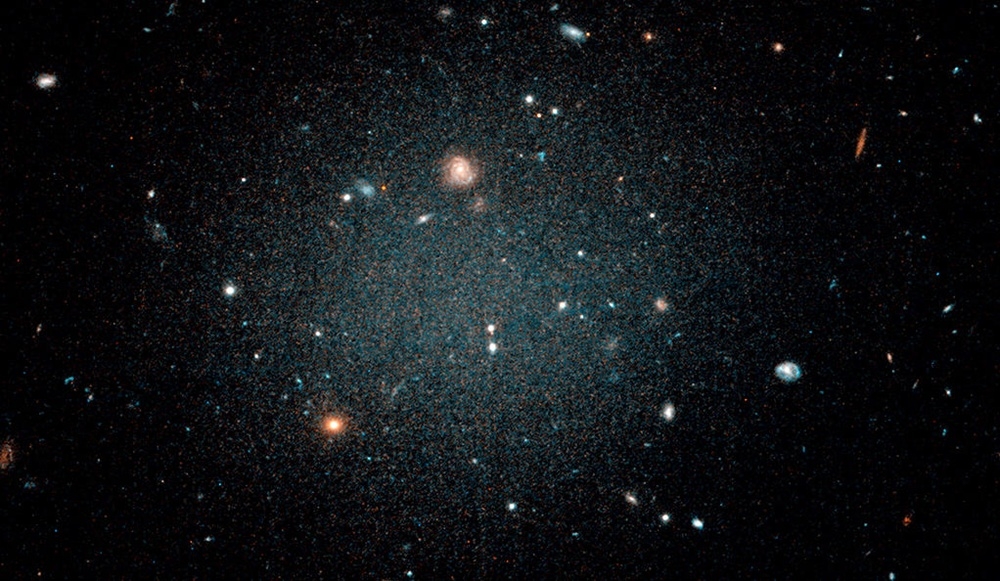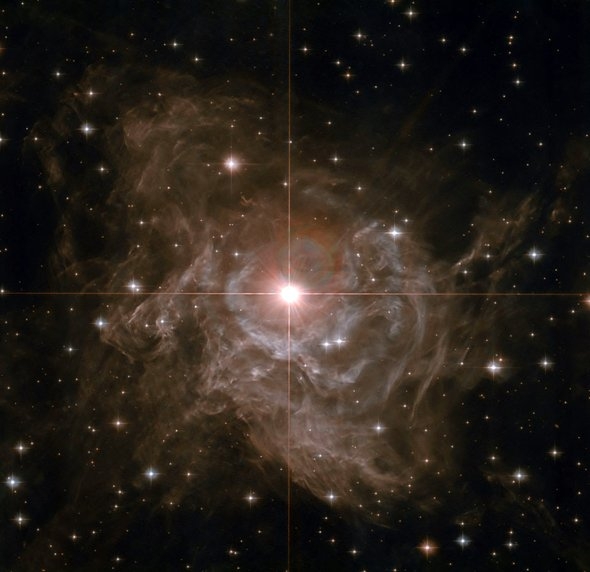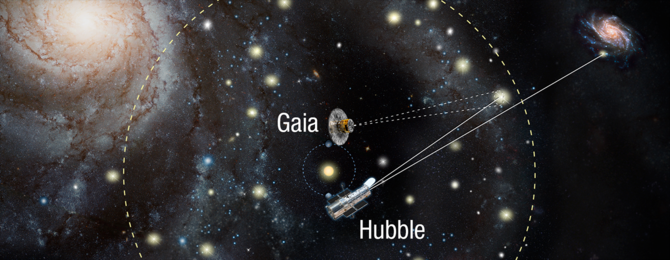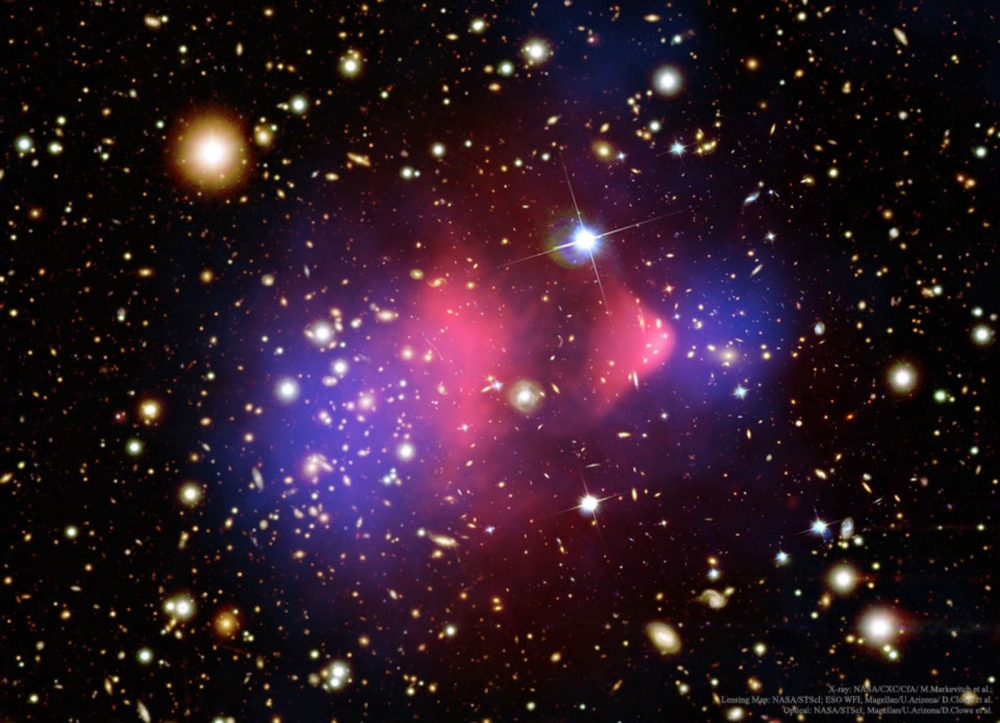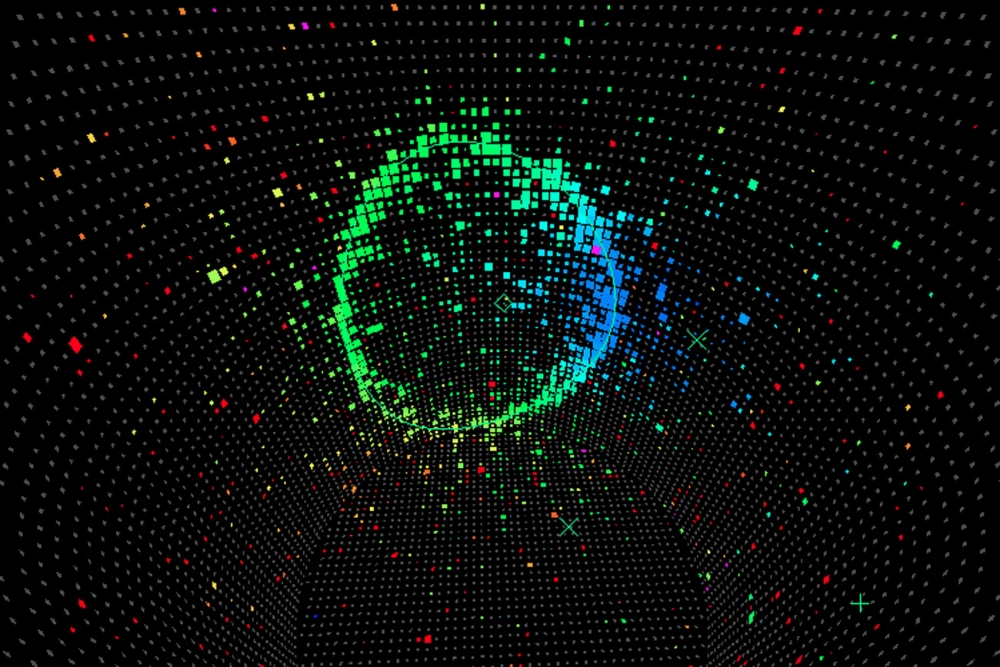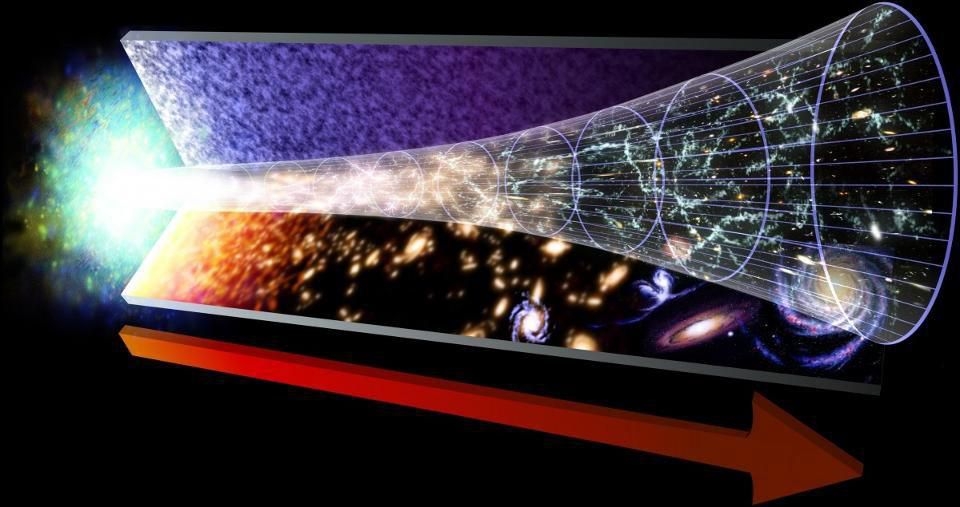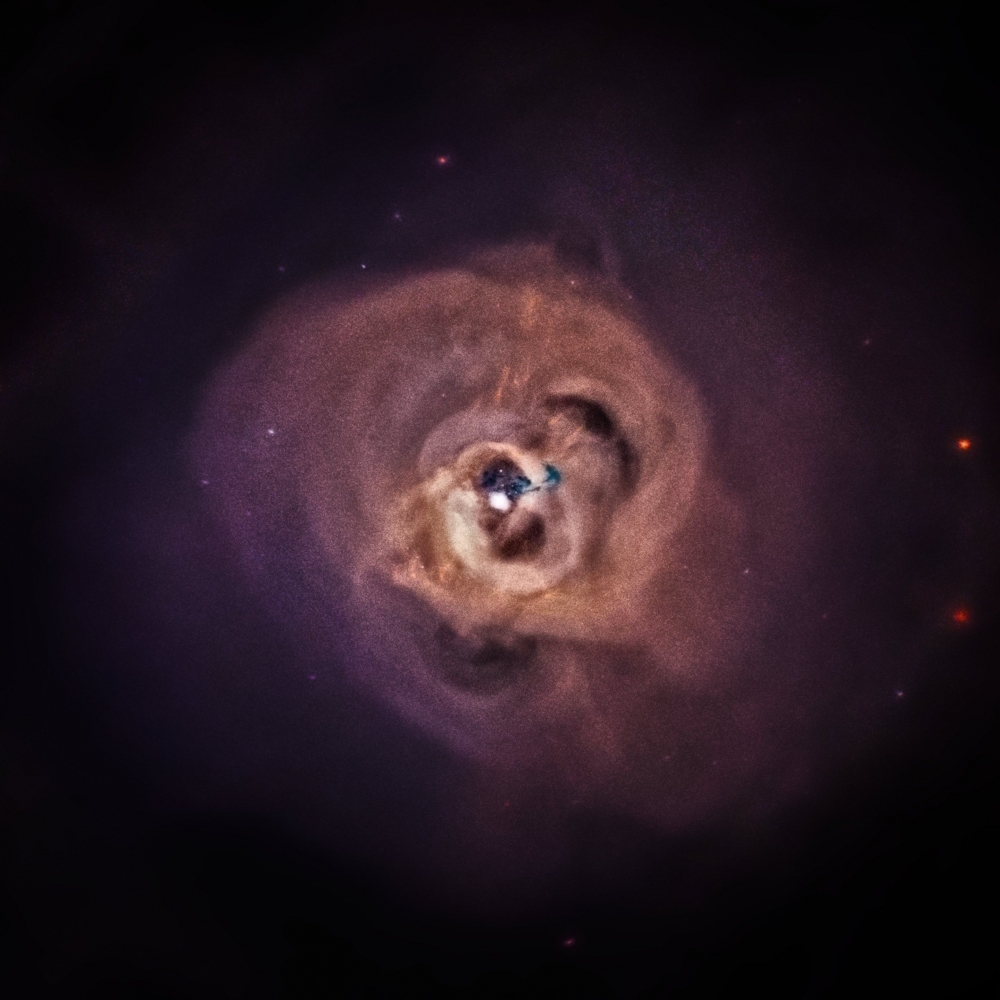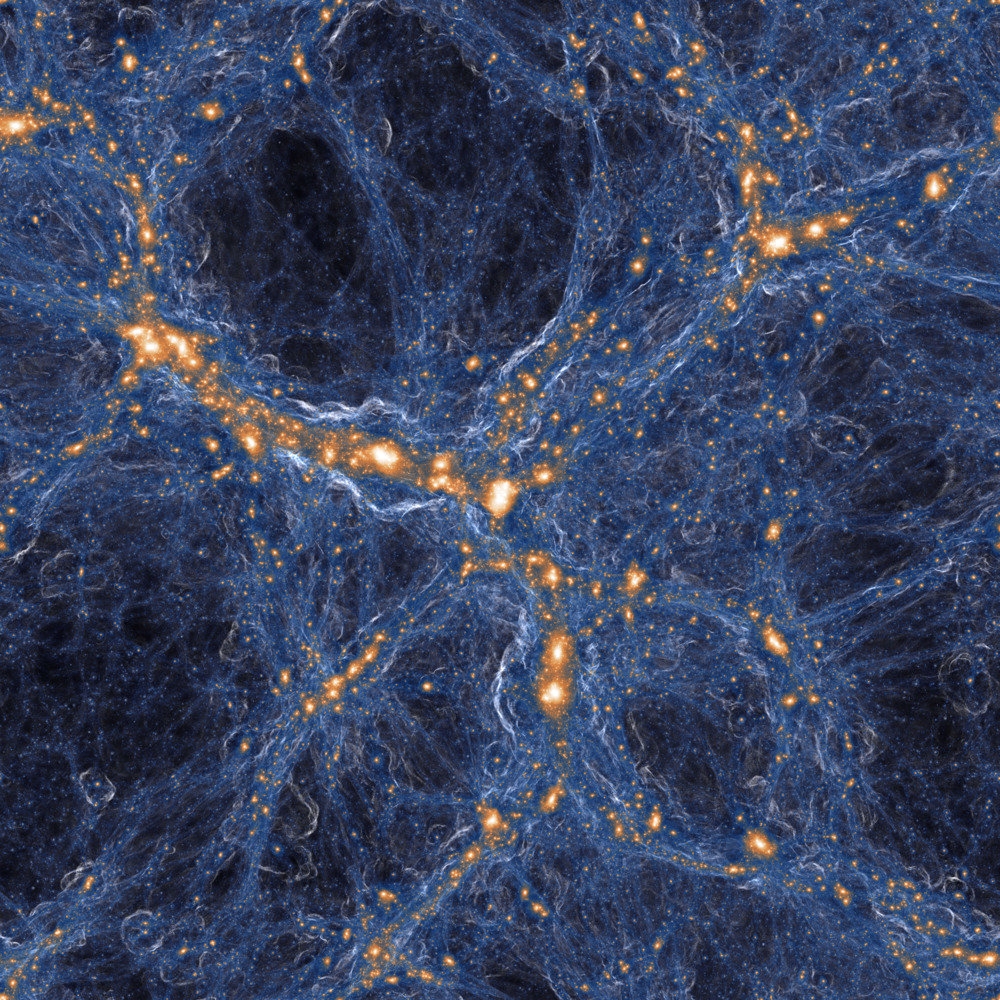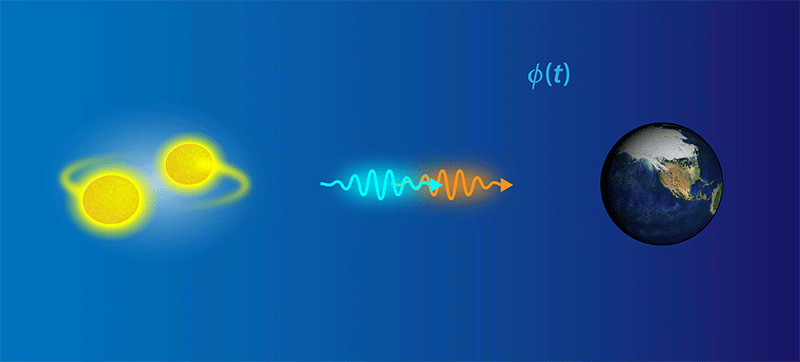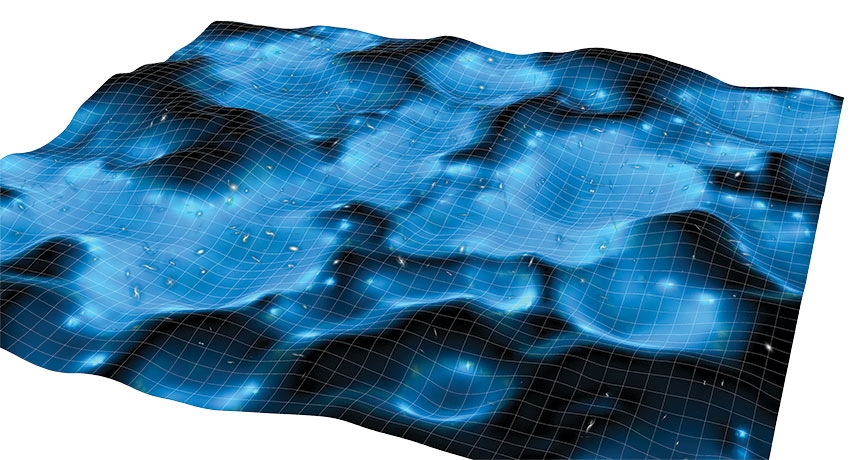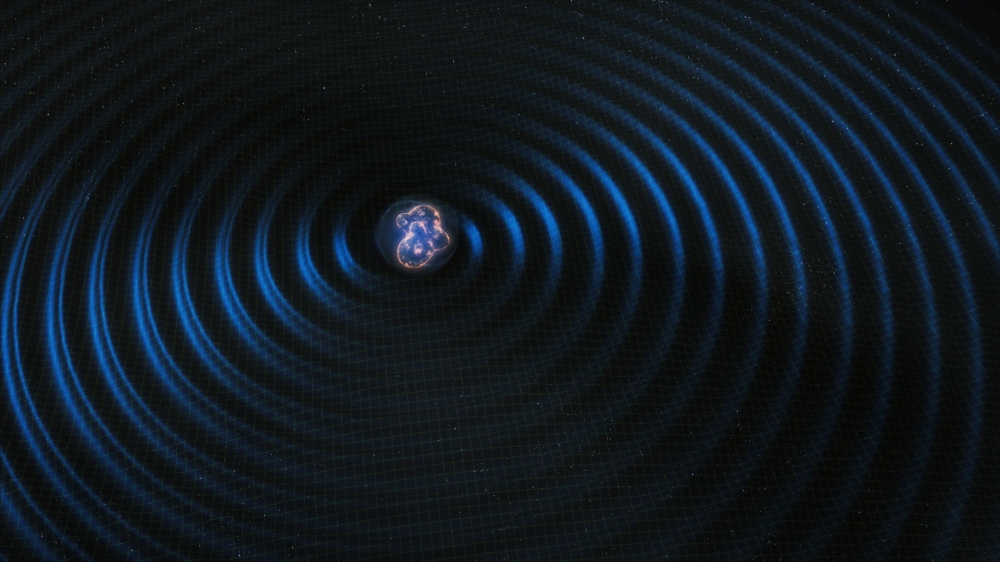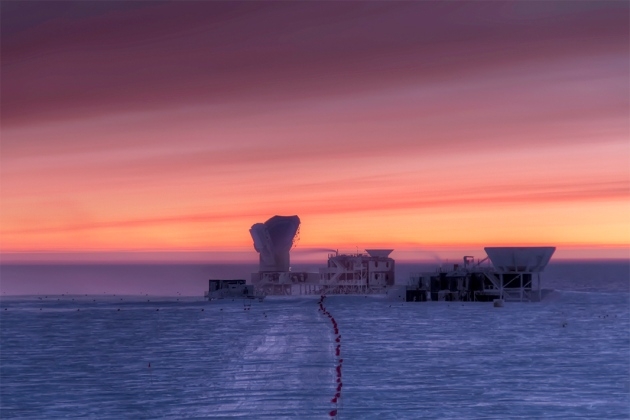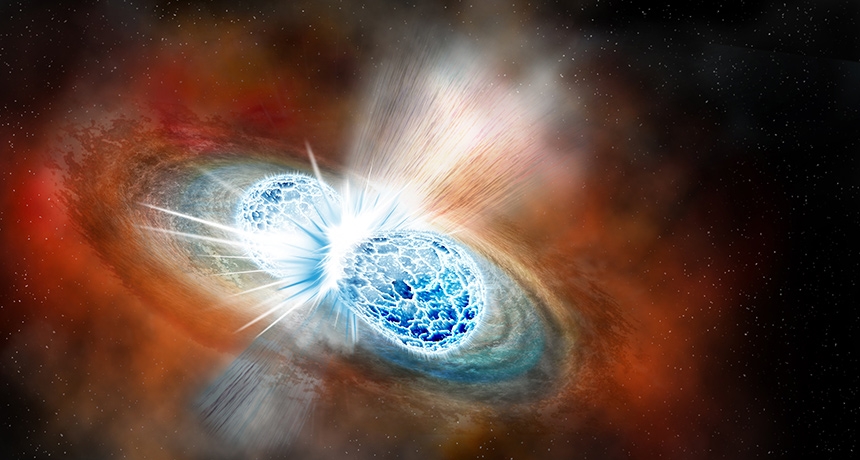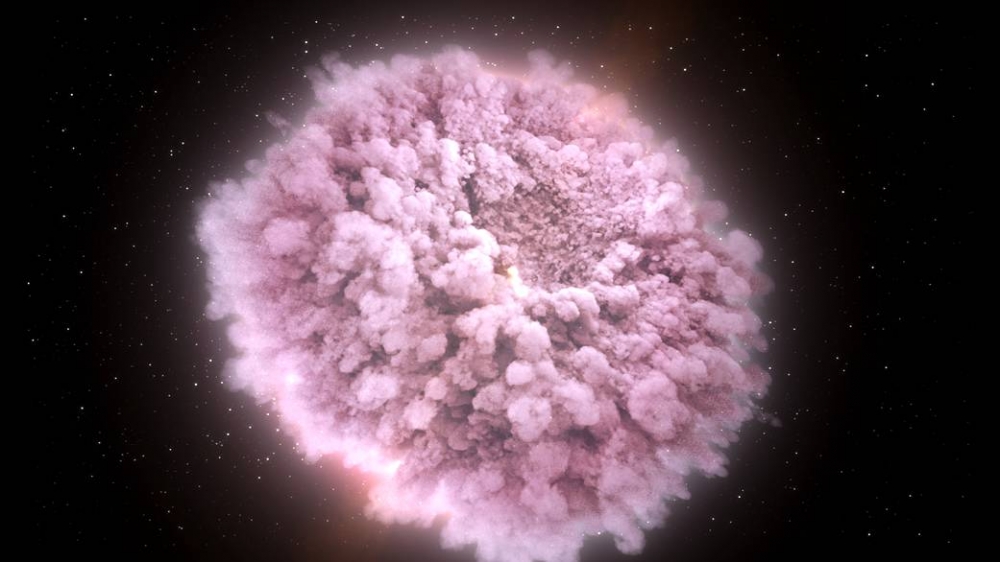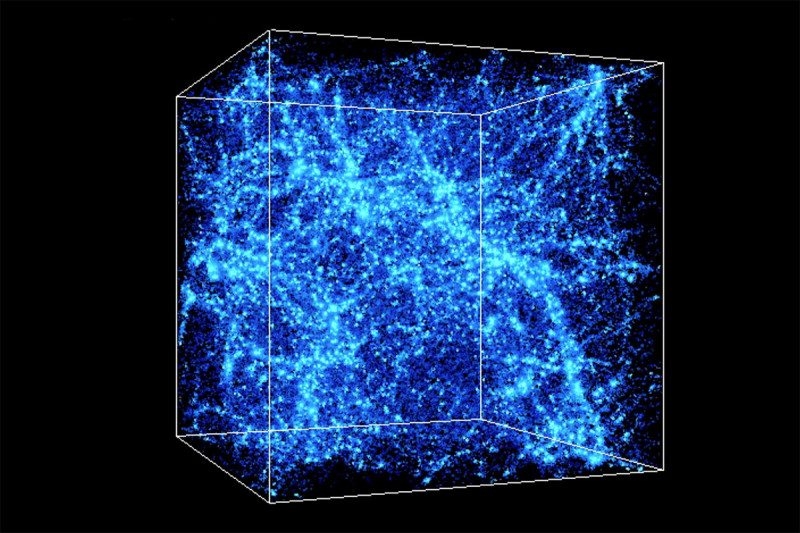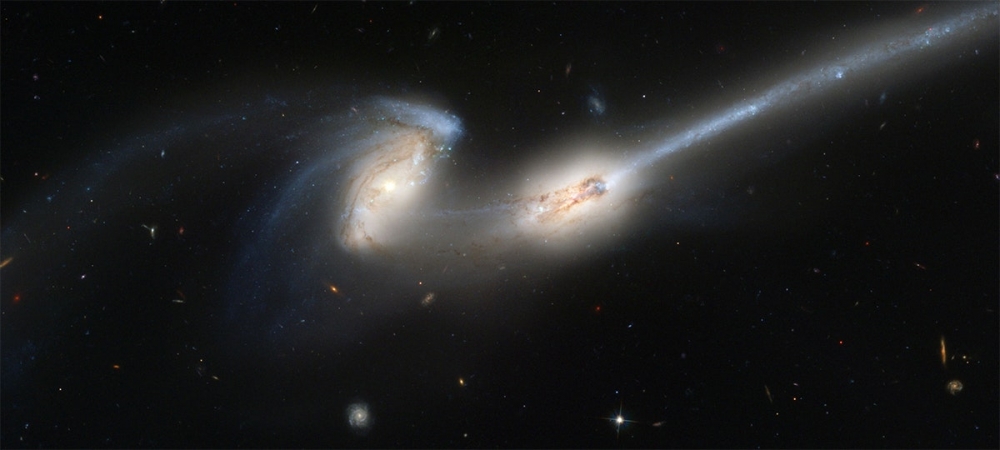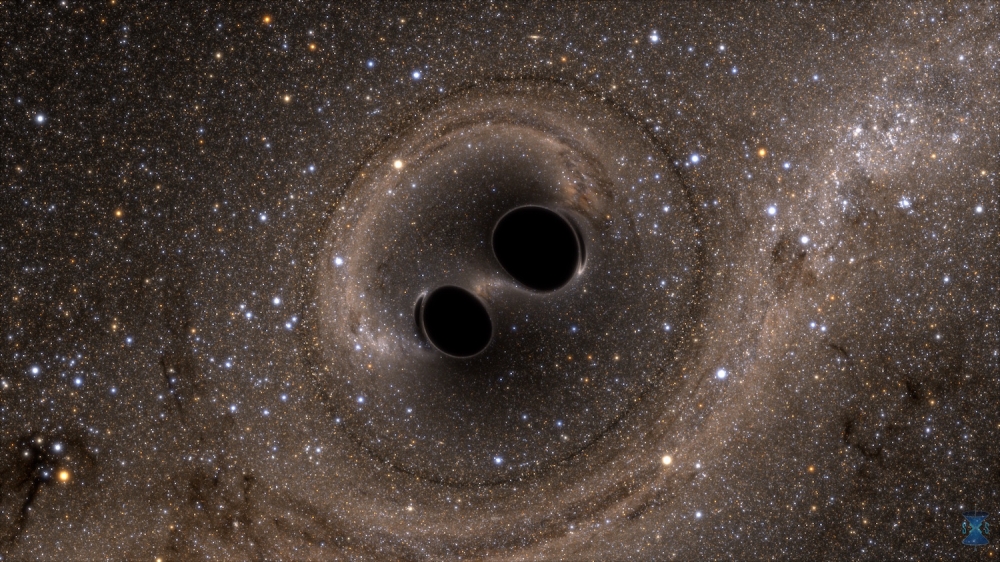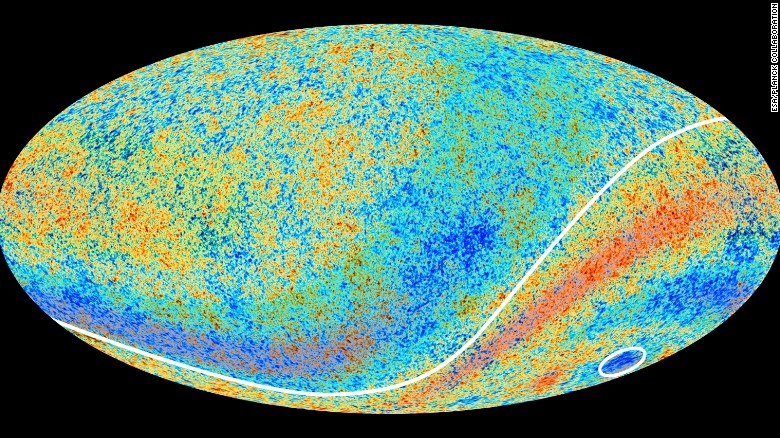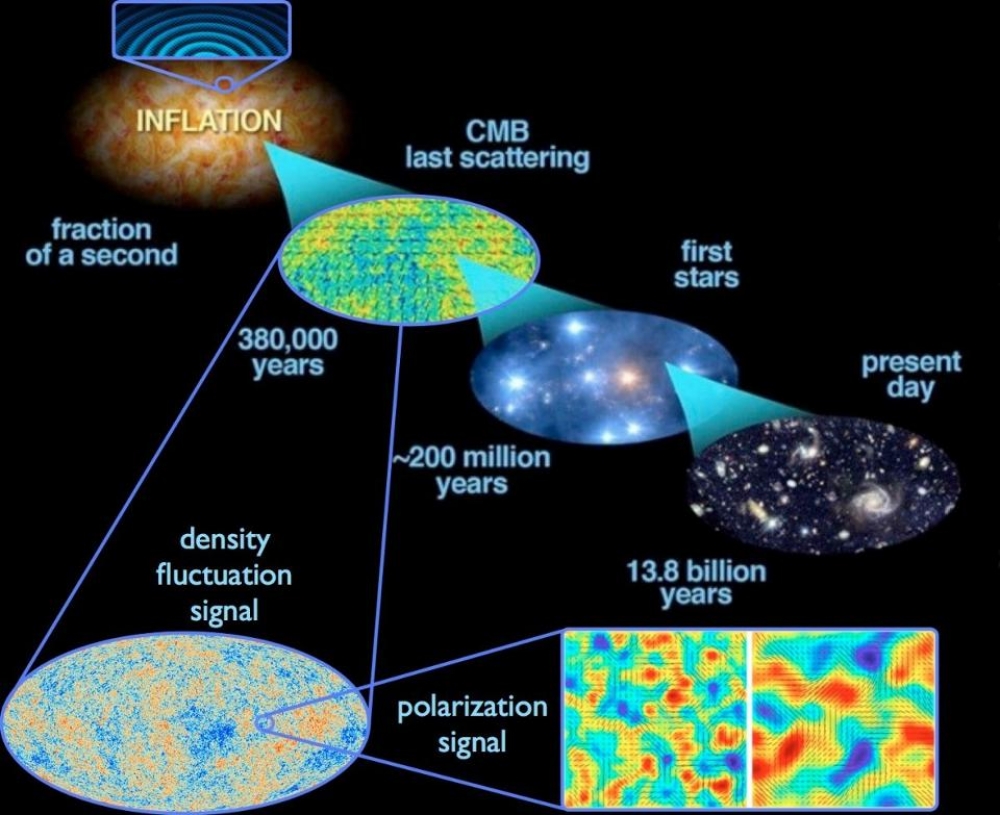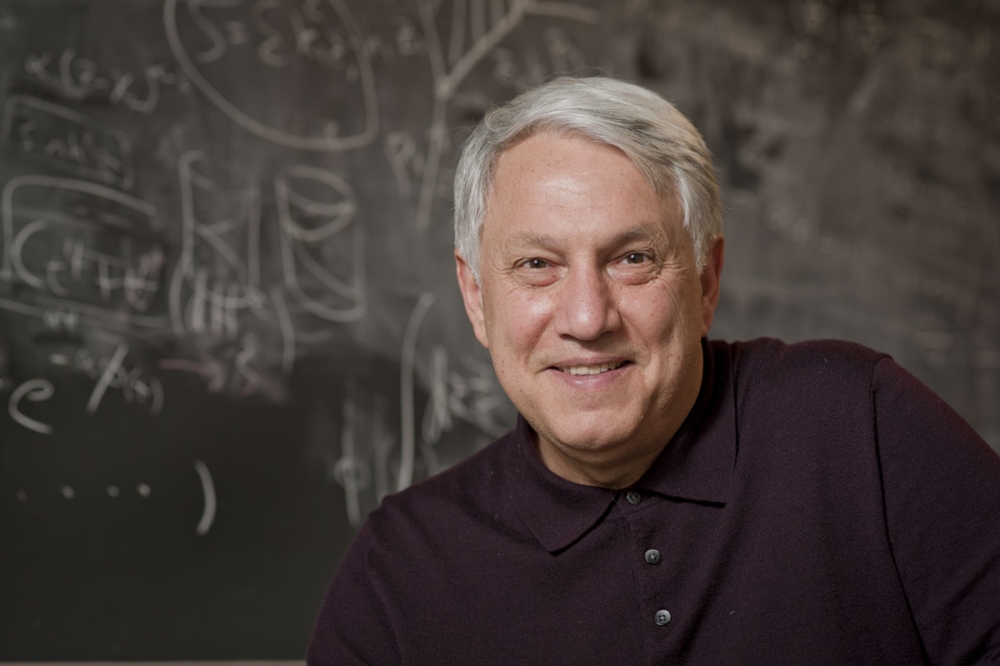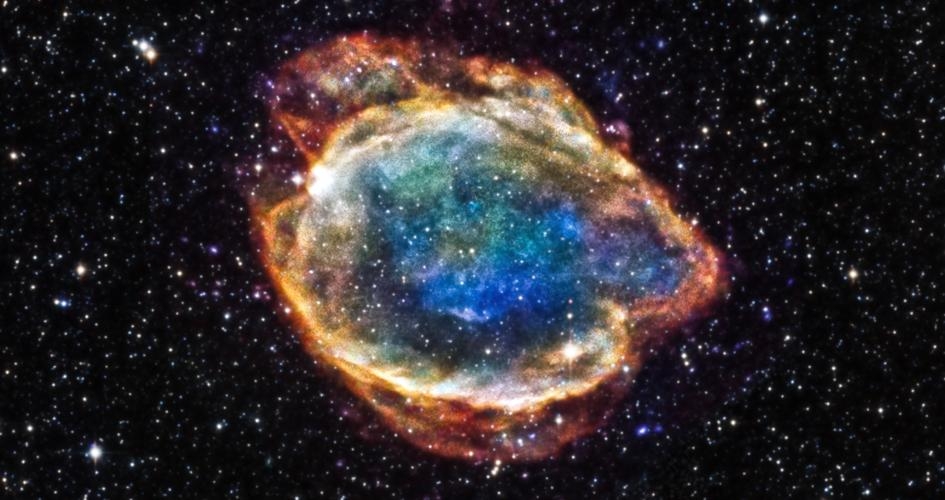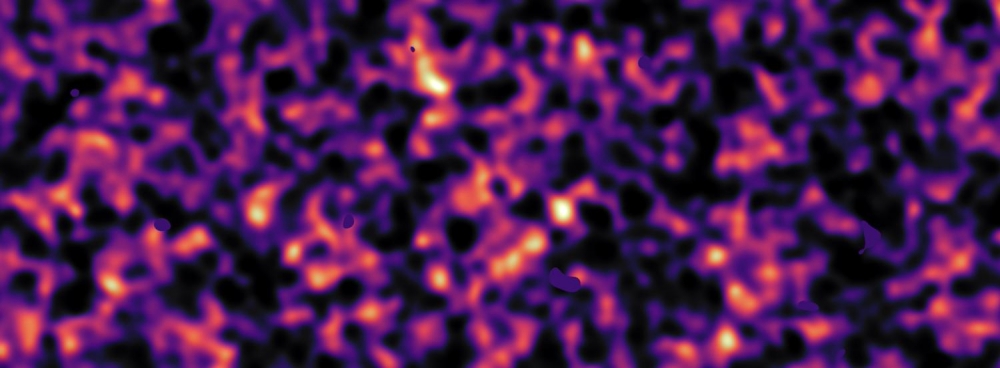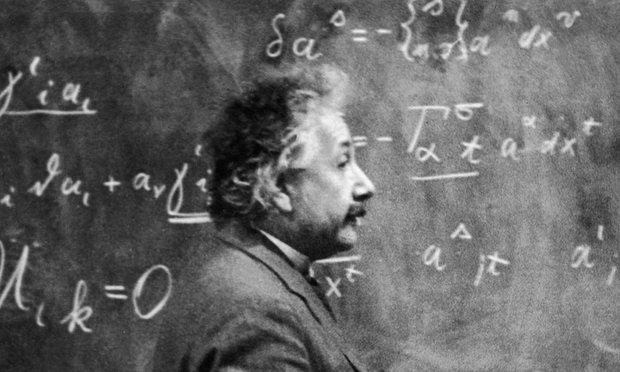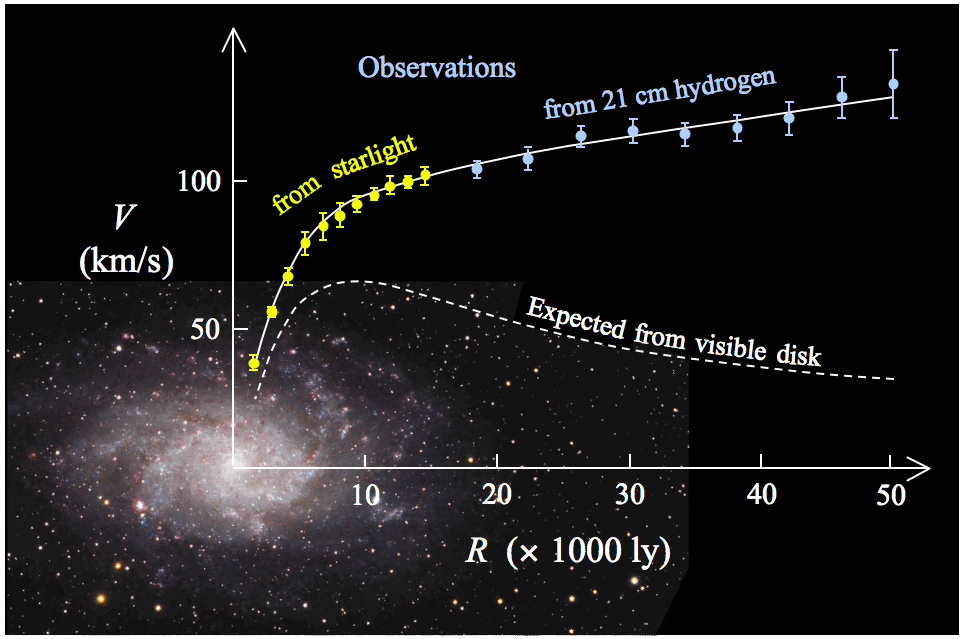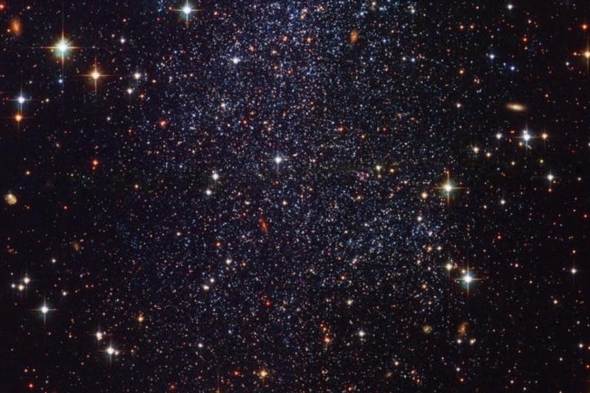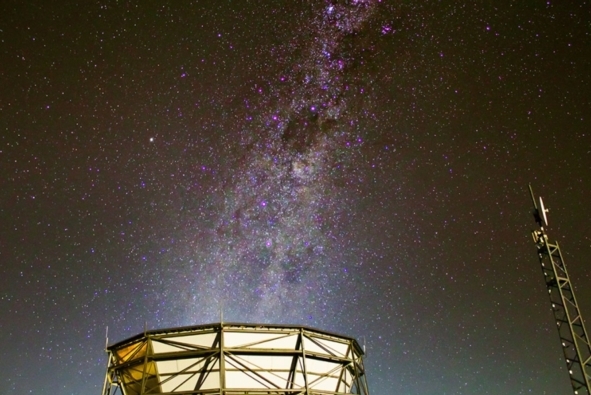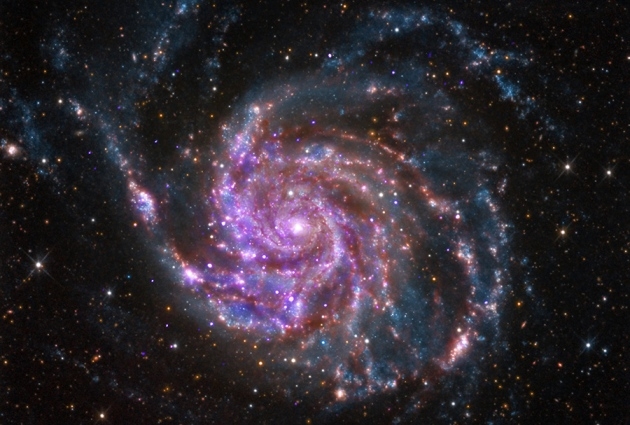A Hint of Dark Matter Sends Physicists Looking to the Skies
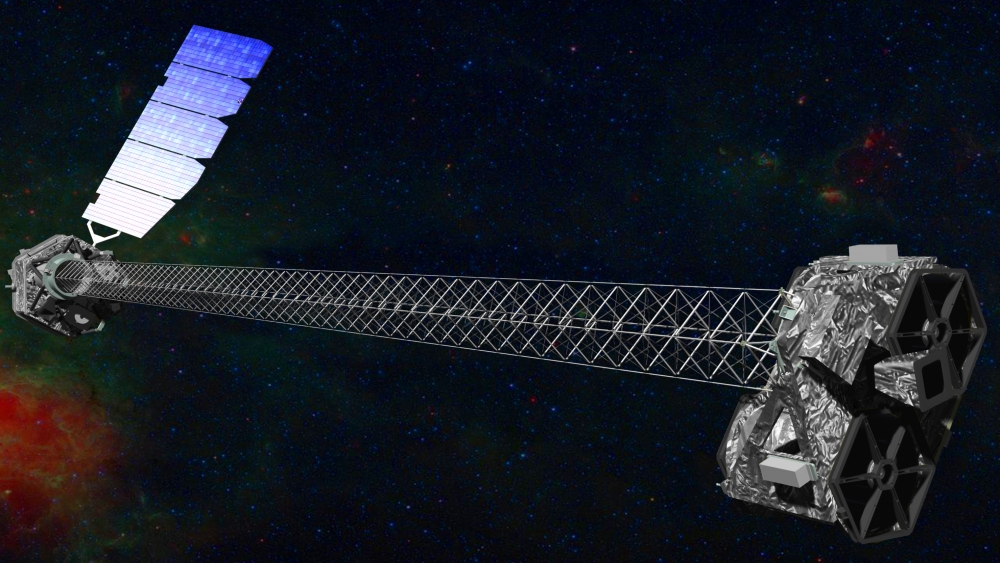
The NuSTAR telescope is sensitive to the high-energy X-rays that would provide stronger evidence for the existence of axions.
NASA/JPL-Caltech
Jonathan O'Callaghan - October 19, 2021
Approximately 85% of the mass in the universe is missing — we can infer its existence, we just can’t see it. Over the years, a number of different explanations for this “dark matter” have been proposed, from undiscovered particles to black holes. One idea in particular, however, is drawing renewed attention: the axion. And researchers are turning to the skies to track it down.
Axions are hypothetical lightweight particles whose existence would resolve two major problems. The first, fussed over since the 1960s, is the strong charge-parity (CP) problem, which asks why the quarks and gluons that make up protons and neutrons obey a certain symmetry. Axions would show that an unseen field is responsible.
The second is dark matter. Axions “are excellent dark matter candidates,” said Asimina Arvanitaki, a theoretical physicist at the Perimeter Institute for Theoretical Physics in Waterloo, Canada. Axions would clump together in exactly the ways we expect dark matter to, and they have just the right properties to explain why they’re so hard to find — namely, they’re extremely light and reluctant to interact with regular matter.
Earlier this year, a group of scientists reported that they might have spotted evidence of axions being produced by neutron stars — collapsed stars that are so dense, a tiny sample little bigger than a grain of sand would weigh as much as an aircraft carrier. Ever since the 1980s, physicists have thought that if axions do exist, they should be produced inside the hot cores of neutron stars, where neutrons and protons smash together at high energies.
See full text
